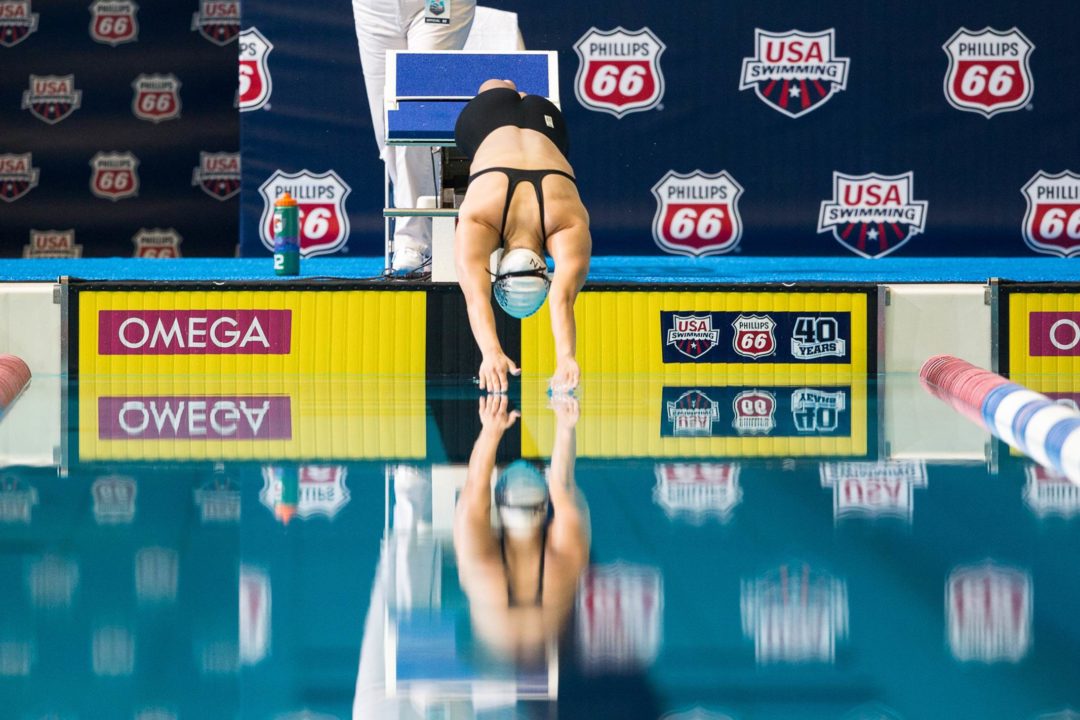Throughout the season, all the training, competitions and outside stress can lead to chronic soreness and impaired recovery. Built up tension in the body can make you feel “knots” in places that restrict your movement and even refer pain to other parts of your body. Along with proper sleep, nutrition and stretching, foam rolling plays a critical role in maximizing your performance. Foam rolling uses your own bodyweight against a cylindrical foam roller to produce some of the same positive effects on your body that deep tissue or sports massages provide, at a fraction of the cost. Foam rollers are inexpensive, easy to use, and can be taken anywhere.
So how does foam rolling help you? Fascia (particularly deep fascia) is a layer of fibrous connective tissue that surrounds muscles, ligaments, tendons, bones, nerves and blood vessels of the body. Think of fascia as an elastic layer of tissue that helps the body keep shape and move with the different organs. Occasionally, due to muscle overuse, training, lack of stretching or disuse, the layer of fascia can stick to the muscle (a process known as adhesion). This can result in restricted movement, pain, soreness, and reduced exchange of nutrients and waste due to poor circulation of blood. The rolling motion produces a lengthening and release of the fascia along with the breakdown of scar tissue and adhesion to muscle. When the fascia releases, circulation to and from muscle tissue improves, and pain and soreness diminish as the body can process lactic acid quicker. This reduces post-exercise fatigue and increases range of motion by up to 10 degrees around a joint1,2!
Technique
Nick’s Video Series on Layover Foam Rolling is a great place to start learning your basic techniques on a roller, which can be useful in any pre-competition or pre-training scenario. When you begin rolling, you may feel discomfort with the pressure on your muscles, so go slowly. Focus on particularly knotted areas for a longer time (30 seconds), but don’t overdo it. I generally foam roll for about 5-10 minutes prior to warm up. Any time of day is perfect, but foam rolling before and after exercise will impact your performance and recovery the most. White rollers are soft, blue or green are medium, and black or purple ones are firm. The travel-sized roller is ideal for athletes to take to travel meets. Integrate rolling into your pre-meet routine and you will feel the difference in your warm up and your races!

References:
1. J Strength Cond Res. 2014 Jan;28(1):61-8. doi: 10.1519/JSC.0b013e3182956569.
The effects of myofascial release with foam rolling on performance.
Healey KC, Hatfield DL, Blanpied P, Dorfman LR, Riebe D.
2. J Strength Cond Res. 2013 Mar;27(3):812-21. doi: 10.1519/JSC.0b013e31825c2bc1.
An acute bout of self-myofascial release increases range of motion without a subsequent decrease in muscle activation or force.
MacDonald GZ, Penney MD, Mullaley ME, Cuconato AL, Drake CD, Behm DG, Button DC.
 BridgeAthletic works with elite professional, collegiate, and club swimming programs to provide a turnkey solution for dryland training. Led by Nick Folker, the top swimming strength and conditioning coach in the world, our team builds stroke-specific, custom-optimized dryland programs for each of our clients. The individualized workouts are delivered directly to athletes via our state of the art technology platform and mobile applications. Check Nick and BridgeAthletic out as recently featured in SwimSwam.
BridgeAthletic works with elite professional, collegiate, and club swimming programs to provide a turnkey solution for dryland training. Led by Nick Folker, the top swimming strength and conditioning coach in the world, our team builds stroke-specific, custom-optimized dryland programs for each of our clients. The individualized workouts are delivered directly to athletes via our state of the art technology platform and mobile applications. Check Nick and BridgeAthletic out as recently featured in SwimSwam.
 Nick Folker is the Co-Founder and Director of Elite Performance at BridgeAthletic. Nick’s athletes have won 22 Olympic Medals, 7 team NCAA Championships and over 170 individual and relay NCAA championships. Megan Fischer-Colbrie works as the Sports Science Editor at BridgeAthletic. Megan was a four-year varsity swimmer at Stanford, where she recently graduated with a degree in Human Biology.
Nick Folker is the Co-Founder and Director of Elite Performance at BridgeAthletic. Nick’s athletes have won 22 Olympic Medals, 7 team NCAA Championships and over 170 individual and relay NCAA championships. Megan Fischer-Colbrie works as the Sports Science Editor at BridgeAthletic. Megan was a four-year varsity swimmer at Stanford, where she recently graduated with a degree in Human Biology.
The Championship Series by BridgeAthletic is designed to empower athletes with tips from the pros that will help them reach peak performance come race day. We will be covering competition-focused topics such as nutrition, recovery, stretching, and mental preparation.

Hello which is the best time to use foam roller during competitions before warm up or after events or in between events of swimming
First line of the discussion in the quoted evidence under pinning this article: “The results suggest that 30 seconds of foam rolling compared to planking on each of the lower-limbs and back had no effect on performance.”
I’ve recently discovered foam rolling. I’ve had chronically painful calves and tight quads for as long as I can remember. After 60 days of foam rolling my calves are pain free. I worked with a sports massage therapist and guided me through what to do. The effect has been amazing. The knots are gone and so is the pain.
As I started volunteer coaching around the same time as I started rolling, I can now endorse and help correct the swimmers to ensure they too get maximum results.
At what point do you recommend a young swimmer starts foam rolling? My 11 year olds squad swim 5x per week covering upto 3.5K per session. He also suffers Osgood Schlatters. Squads further up in his club foam roll but his doesn’t. I have seen kids his age from other clubs roll at competition. Just curious.
Foam roll – in action – lol
youtube.com/watch?v=DLhaFVuX68M
i was in so much pain after a long set doing breast stroke that I asked my trainer what could I do…..she brought out the foam roller and the pain went away. As a former Physiotherapist I realized that although it was “torture” , it also lessened the tightness of major muscle groups. I went out and bought the roller and used it before a large meet and I did extremely well in cutting time and feeling no soreness afterwards. Now, I use it all the time at home. It is portable and easy to use.
Get real boys you want to recover right you need to find your Bros, pop some roads, and most importantly charge your JO crystals all night long everyday.
I’ve often wondered if anybody slept in streamline position. You’d need a longer bed, maybe even some kind of waterbed, probably have to be single, but how good would you be?
Would it mess up shoulders though?
Interesting idea. It would increase shoulder flexibility but it requires effort and focus to maintain the position, which is incompatible with sleeping.